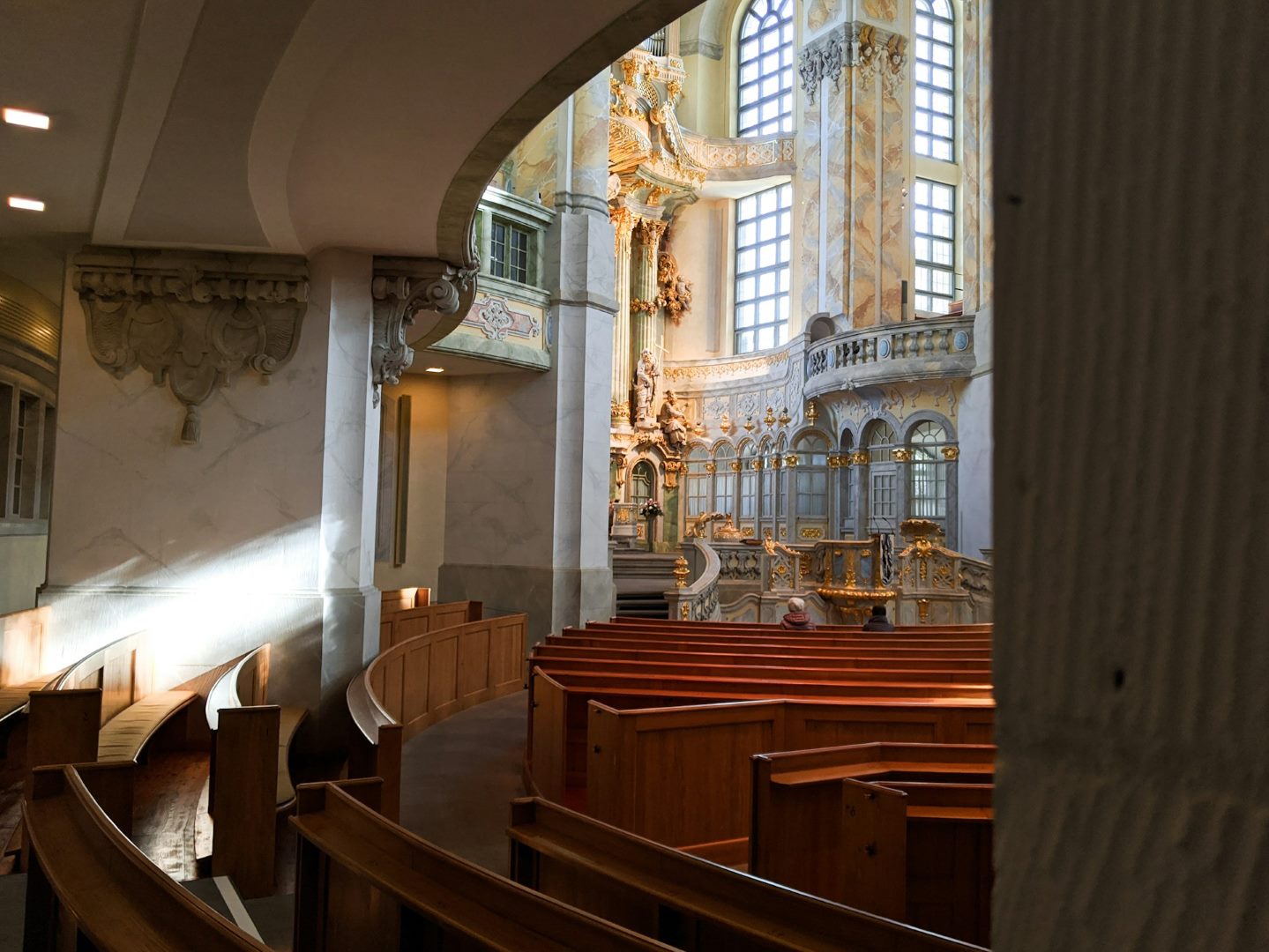Origins and Architectural Grandeur
Saint Sophia, the iconic Byzantine masterpiece, stands proudly in the heart of Istanbul. Its construction, commissioned by Emperor Justinian I in the 6th century, was an architectural marvel that pushed the boundaries of engineering and design. The massive dome, measuring over 100 feet in diameter, was a testament to the skill and ambition of its creators. Supported by a complex system of arches and vaults, the dome soars high above, creating a sense of awe and grandeur.
Function and Influence
Saint Sophia served as the grand cathedral of the Eastern Orthodox Church for over 900 years, witnessing countless religious ceremonies and theological debates. Its monumental scale and intricate ornamentation became the epitome of Byzantine architectural style. The church’s design influenced countless later structures, including the Hagia Sophia in Thessaloniki, Greece, and the Cathedral of Saint Basil in Moscow.
Conversion to Mosque
Following the Ottoman conquest of Constantinople in 1453, Saint Sophia was converted into a mosque. The interior was modified with the addition of a minaret and a mihrab facing Mecca. The mosaics depicting Christian figures were covered or destroyed, replaced by Quranic inscriptions and Islamic calligraphy. For centuries, Saint Sophia remained a prominent center of Islamic worship.
Secularization as a Museum
In 1934, Turkey’s first president, Mustafa Kemal Atatürk, secularized the building and transformed it into a museum. This decision aimed to preserve Saint Sophia’s historical and cultural significance for future generations. Today, the museum attracts countless visitors who marvel at its architectural beauty and witness the fusion of Christianity and Islam within its walls.
Architectural Highlights
- Massive Dome: The crowning glory of Saint Sophia, the dome rests on a series of 40 windows (called oculi), allowing ample natural light to flood the interior.
- Soaring Arches: The dome is supported by massive pointed arches, which create an illusion of height and space.
- Pendentives: The transition from the rectangular base to the circular dome is made possible by pendentives, triangular segments that form the dome’s base.
- Intricate Mosaics: While some mosaics were destroyed during the conversion to a mosque, remnants of stunning Byzantine mosaics depicting scenes from the Bible and the lives of saints can still be seen.
- Minaret: The slender minaret, added during the Ottoman period, provides panoramic views of Istanbul.
Visiting Saint Sophia
Saint Sophia is a popular tourist destination, and visitors are advised to book their tickets online or arrive early to avoid long queues. Guided tours are available, providing insights into the building’s history and architectural wonders. The museum is open daily, except for Mondays.
Historical Significance
Saint Sophia holds immense historical significance as a witness to the rise and fall of empires. It was the epicenter of the Eastern Orthodox Church for centuries, and its conversion into a mosque symbolized the Ottoman conquest. Today, as a museum, it serves as a testament to Istanbul’s rich cultural and architectural heritage.
Conclusion
Saint Sophia stands as a testament to the ingenuity and creativity of its creators. Its grand dome, soaring arches, and intricate mosaics have inspired generations of architects and artists. Through its transformation from cathedral to mosque to museum, Saint Sophia embodies the rich tapestry of history and culture that has shaped Istanbul and the world.



